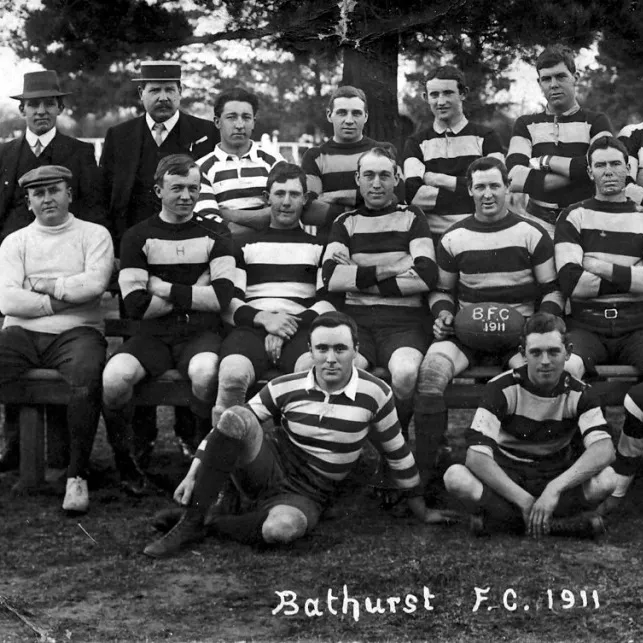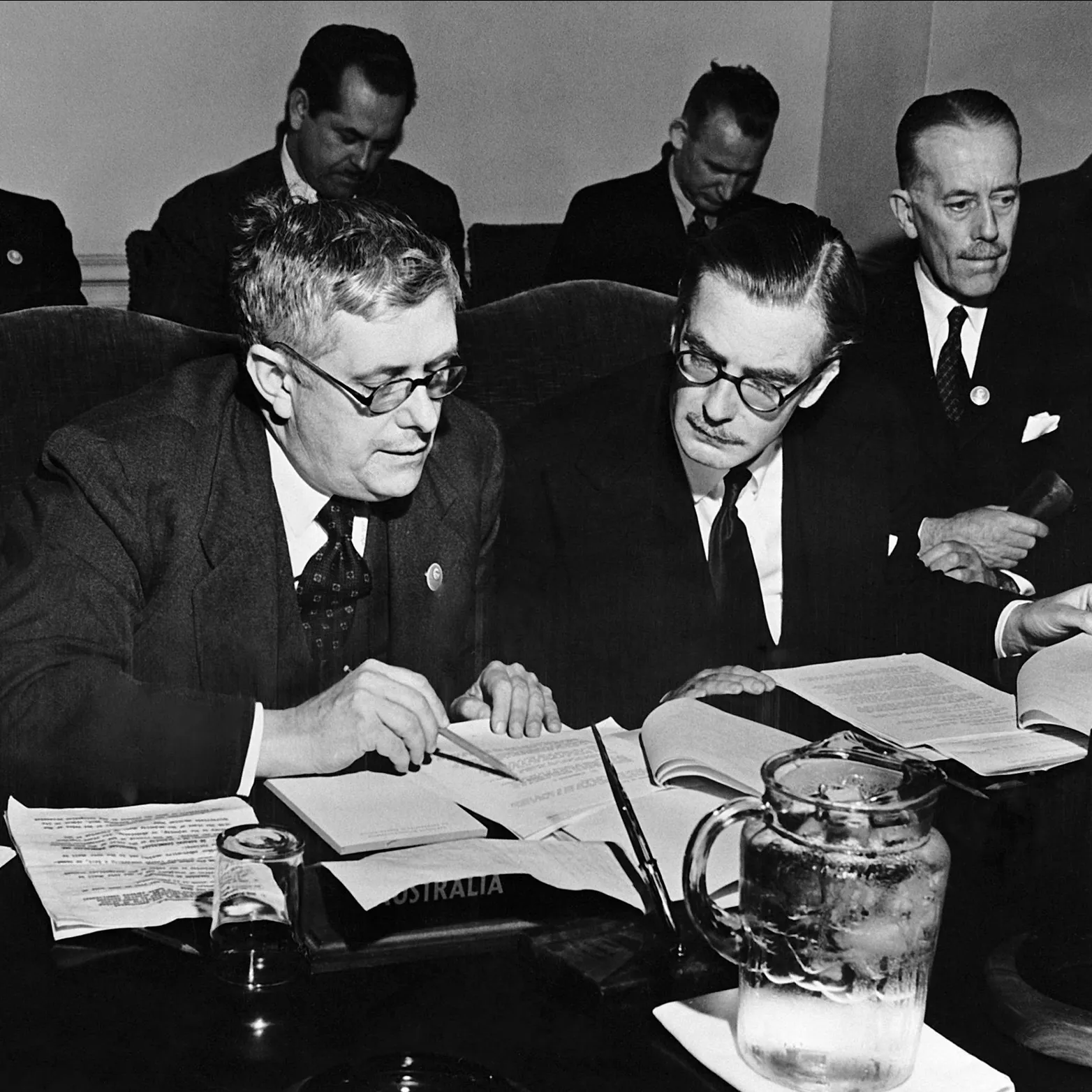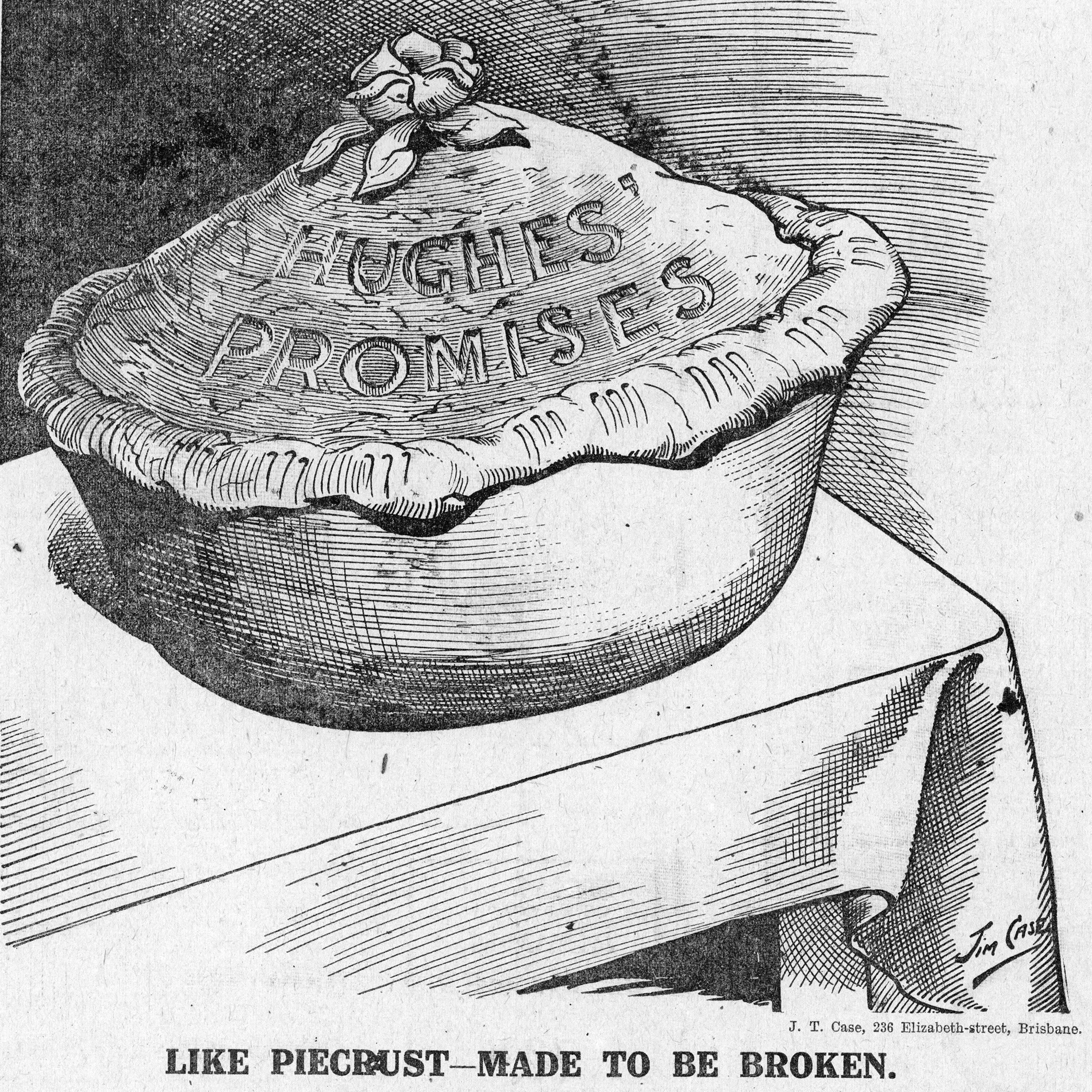Could a post-Brexit Britain learn something from compulsory voting in Australia?
- DateSat, 01 Jun 2019
In June of 2016, Britain voted to leave the European Union (EU).
Three years later, little progress has been made in terms of how, when or even if that should happen. As an Australian observer I find this curious. The country voted to leave. Why has this not yet been enacted? (Note: after this story was published, the United Kingdom formalised its transition out of the EU in 2020.)
By contrast Australia has held a number of referendums and, while hotly contested, the results have been respected. Why is the validity of the Brexit referendum in question when Australian referendums seem relatively conclusive? The two countries are cut from the same democratic cloth, but these questions reveal basic differences that set them hemispheres apart, particularly when it comes to voting.
One clear difference is that Australia has had compulsory voting since 1924.
First championed by Alfred Deakin, participation in general elections has maintained a steady 90% average of eligible voters, even as the definition of 'eligible voters' has expanded, to include all Australians of voting age. By contrast, Britain has voluntary voting and turnout at general elections is variable. In the 1950s participation was around 70% of eligible voters. In 2001, it dropped to 59.4%, then rose again to 66.8% in 2017.
What does this have to do with referendums you might ask?
Well, referendums in Australia are also compulsory for everyone on the electoral roll. In the 1967 referendum, about whether Indigenous Australians would be included in the census, 90.77% voted yes. Likewise, 95.1% of eligible voters made their voices heard during the 1999 referendum on whether Australia should become a republic.
Meanwhile, 72.2% of eligible voters participated in the Brexit referendum. When compared with general election turnout, this represents a relatively high level of British participation. However, it is still within the parameters of previous voluntary voter turnout in Britain.
These numbers and recent research suggest there is a strong link between voter participation in general elections and referendums. This is important, because the validity of the Brexit referendum has been questioned in part based on the argument that voter turnout was not high enough to claim a conclusive result.
To illustrate the importance of voter turnout in relation to the Brexit referendum, let's delve a little deeper into the digits. As mentioned earlier, 72.2% of eligible voters cast a ballot. Of that, just over 16 million people voted 'remain' and about 17 million voted 'leave'. That may sound like a lot of people, but there are over 46 million eligible voters in Britain. That means almost 13 million people did not cast their Brexit vote. Those extra ballots could have made a huge difference to the outcome and also ensured a more conclusive result.
There is also evidence that 'remainers' were less likely to vote than 'brexiteers' and that in retrospect many regret not participating in the referendum. This could happen in any referendum, in any country. However, when the number of abstainers is high enough that it is a significant factor in the outcome, tricky questions arise about socioeconomics, lobbying, campaign funding, propaganda and questionable levels of civic engagement. Without a clear decision from the British people via a conclusive referendum, politicians have been left to guess at what the public really want.
This is not to say that compulsory voting is the only way to operate a democracy. There are a number of countries that maintain high voluntary voter turnout, such as New Zealand and Canada, which average 88% and 76% participation respectively. However, these glowing examples are often used to justify the voting frameworks of countries with less impressive digits, like the United States and Britain.
There are requests for a second Brexit referendum, but without the guarantee of higher voter turnout what will ensure another voluntary referendum will result in any clearer decisions than the first?







